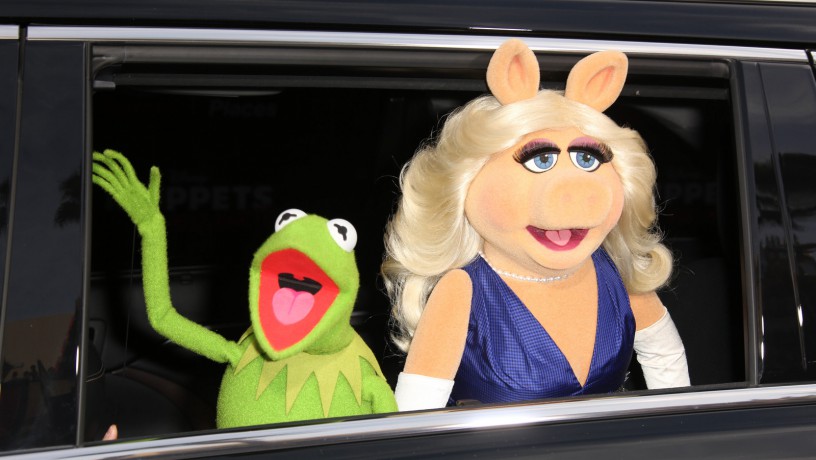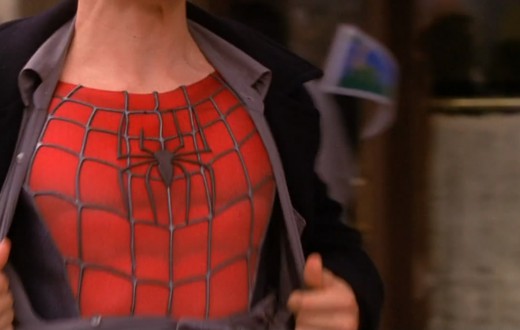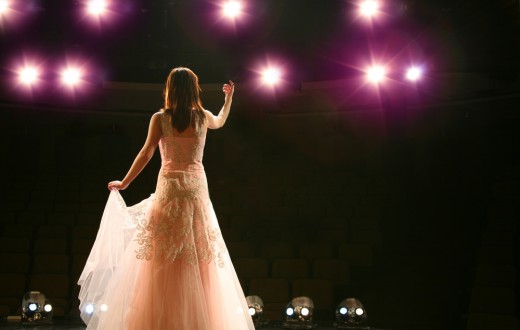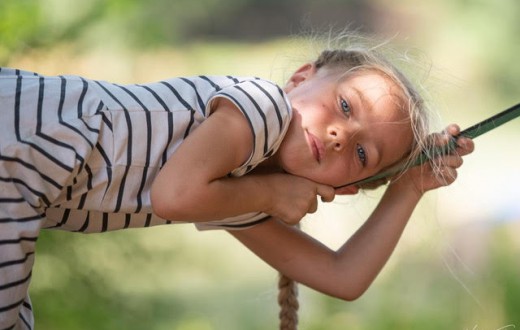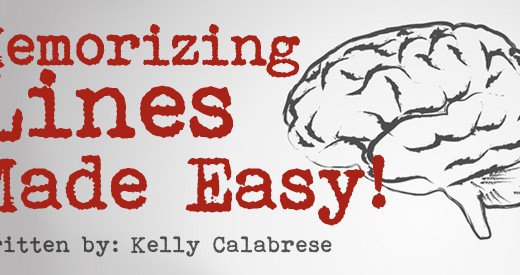To become a puppeteer, an actor needs to learn specific techniques that are unique to puppetry. While there is some overlap with traditional acting skills, such as creating character and expressing emotion, there are also many differences in terms of physicality and manipulation of the puppet.
Why puppetry, you ask? Simple answer: Marketability. As puppetry becomes more popular, there are growing opportunities for actors with puppetry skills to work in a variety of fields such as film, television, theater and advertising. By adding puppetry to your skill set, you can increase your marketability and open up new career opportunities.
We’ll get into what skills are needed in a moment. Let’s take a quick look at history.
The History of Puppetry
The history of puppetry can be traced back to ancient civilizations, such as Greece, Rome and China. In these cultures, puppets were used for religious ceremonies, entertainment and even education. Puppets were often made from materials such as wood, clay and cloth, and they were controlled using strings or rods.
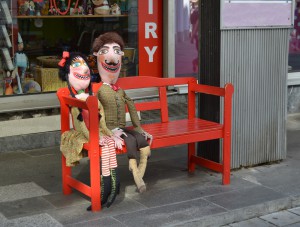 In Europe during the Middle Ages, puppetry became a popular form of entertainment. Puppet shows were performed in public squares, fairs and festivals, and they often featured well known characters such as kings, jesters and witches. During this time, puppetry also became a tool for political satire, and puppet shows were used to criticize those in power.
In Europe during the Middle Ages, puppetry became a popular form of entertainment. Puppet shows were performed in public squares, fairs and festivals, and they often featured well known characters such as kings, jesters and witches. During this time, puppetry also became a tool for political satire, and puppet shows were used to criticize those in power.
In the 20th century, puppetry experienced a renaissance, thanks in large part to the work of puppeteers such as Jim Henson. Henson created The Muppets, a group of lovable characters that have become cultural icons. The Muppets have been featured in numerous television shows and movies, and they have inspired generations of puppeteers.
Oh! You may have heard of the 2003-2009 Tony Award winning Broadway play, Avenue Q. It was a delightfully, yet foul-mouthed play that captured the hearts of everyone. The actors were the puppeteers! Seriously, this could be you in the future!
Alrighty then. Let’s get to to the key skills that an actor needs to learn to become a puppeteer.
Puppeteer Skills and Techniques
Puppet manipulation: Puppet manipulation involves the physical manipulation of the puppet to make it move and express emotion. This includes controlling the puppet’s limbs, mouth and other features. Different types of puppets require different types of manipulation, so it’s important for a puppeteer to be familiar with a variety of puppet types.
Voice work: In addition to manipulating the puppet, a puppeteer must also be able to create the voice of the character. This involves not only creating a distinct voice but also syncing the voice with the puppet’s movements to create a seamless performance.
Breath control: Puppetry requires a great deal of physical endurance, as the puppeteer must often hold the puppet in position for extended periods of time. Breath control is essential for puppeteers to maintain their stamina throughout a performance.
Improvisation: Like traditional acting, puppetry often involves improvisation. Puppeteers must be able to think on their feet and react to unexpected situations, such as when a puppet malfunctions or a prop falls over.
Stage presence: Puppeteers must also be able to command the stage and engage the audience. This involves not only creating a compelling character but also being aware of the physical space and how the puppet interacts with it.
Collaboration: Puppetry often involves working as part of a team, so puppeteers must be able to collaborate effectively with other performers and technicians.
Technical skills: Puppeteers must be familiar with the technical aspects of puppetry, such as how to set up and operate the puppets, as well as how to troubleshoot technical issues that may arise during a performance.
Actors Who Are Puppeteers
Are you familiar with any of these actors who do puppetry? The list includes Dave Goelz, the performer behind the Great Gonzo and Dr. Bunsen Honeydew in the Muppets, and Frank Oz, the performer behind Bert and Cookie Monster in Sesame Street, Miss Piggy, Fozzie Bear and Animal from The Muppets as well as the voice of Yoda in Star Wars. These performers have made a name for themselves by combining their acting skills with their puppetry skills to create memorable and entertaining characters.
Contemporary Trends in Puppetry
Just as you thought you were ready to tackle puppetry, technology whooshed in and started taking over. Digital technology is being used to create more sophisticated puppets and to enhance the puppetry experience. Puppetry is also being integrated with other art forms such as dance and music. Experimental puppetry is also gaining popularity, with puppeteers pushing the boundaries of what can be done with puppets.
One significant change that technology has brought to puppetry is the development of digital puppetry. Digital puppetry involves the use of computer-generated images to create virtual puppets that can be manipulated in real-time. With this technology, puppeteers can create complex movements and animations that were once impossible with traditional puppetry techniques. This type of puppetry is often used in film and television production, where it allows for greater creative control and flexibility in post-production.
Another way technology is changing puppetry is through the use of animatronics. Animatronics involve the use of electronic and mechanical devices to create lifelike movements in puppets. This technology has been used in films such as the Star Wars franchise, where animatronic puppets were used to create some of the most iconic characters in the series, including Yoda and one of my all-time favorites, Jabba the Hutt.
Animatronics, virtual reality and other technologies have allowed actors and puppeteers to create more complex and sophisticated puppets that can move and interact with their environment in ways that were once impossible. However, despite these advancements, traditional puppetry techniques are still being used today and continue to captivate audiences around the world.
If you’re curious or want to enhance your skill set, check out this Guide to Puppetry video by the Puppet Nerd, Adam Kreutinger, for Puppetry 101.

